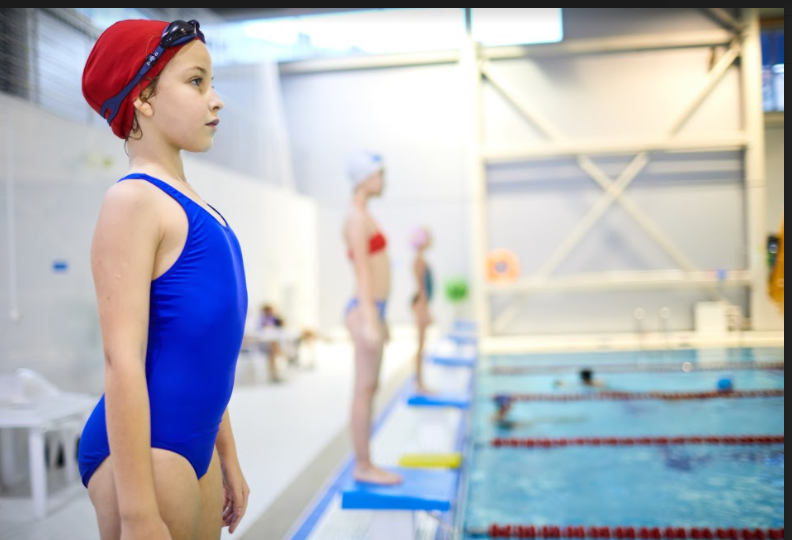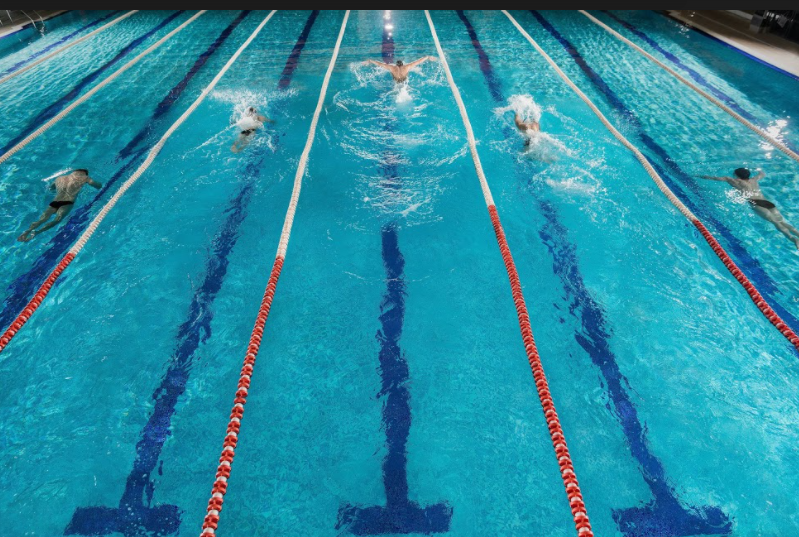Swimming isn’t only a lifesaving skill, but it’s also beneficial in boosting one's skills in other sports. This means that if you’re an athlete or an enthusiast in any land-based sports, like cycling or running, then don’t think swimming won’t do anything to improve your overall performance. This is because swimming can be considered a core sport as it helps improve the abilities and skills of any type of athlete. 
In this article, we’ll explore several ways in how swimming can benefit athletes in other sports. This way, you don’t only acquire or learn a lifelong skill, but you’ll also get to supplement your favorite sports with something equally enjoyable and fun!
Schedule Your Swimming Lessons
First things first, it’s important to have a proper schedule for your swimming lessons. The reason for this is mainly that swimming isn’t your primary sport; swimming only complements your chosen sport.
Having a proper swimming schedule is important especially if you're on a tight schedule. By having one, you don’t lose focus on your daily responsibilities and the sport you’re mainly engaged in, but you’ll also make room for swimming. Additionally, if you have a young athlete, taking them to kids swimming classes on a dedicated schedule will also allow you to allocate proper time for study, play, and swimming, thus, causing less hassle to you and your child.
Essentially, it’s best to swim at the start of the week (applies to you and your young athlete). This is because, during this time of the week, you'll still have full stored energy from the weekend, allowing you to perform at your best. Also, to encourage recovery, make sure that there’s a break in between your main sport and swimming. 
How Swimming Is Beneficial In Other Sports
Let's say that you've already marked your calendars for the swimming schedule. All you have to do left is to convince yourself to stick with it. In addition to being one of the top sports that people engage in, here are some ways swimming can be beneficial for athletes in other sports:
Boosts Lung Capacity
Breath control is one of the most important things every athlete can learn from swimming. As you paddle yourself through the waters, you get to gradually increase your lung capacity. An increase in lung capacity means that you’re able to play longer before emptying your tank.
Additionally, a boosted lung capacity is beneficial for athletes like you in the performance of workout routines. This is because the more a person exercises, the more oxygen the body needs. Meanwhile, an increased lung capacity due to swimming provides sufficient oxygen to get pumped throughout your body and produces an adequate supply of energy, enhancing your workout.
Based on the above information, runners can also improve their distance since they now have increased lung capacity. Also, cyclists can take on longer destinations as they now have proper breath control.
May Prevent Injury and Great For Rehabilitation
You may think that swimming only enhances your lung capacity. Perhaps this is because of the obvious fact that swimming demands a great cardiovascular baseline. However, in addition to that important benefit, did you know that swimming may also help prevent injury and serves as a great form of rehabilitation?
Since swimming is only complementary to the sport you’re engaged in, you don’t need to reach an expert level in a short span of time. This means that you don’t need to swim as fast as swimmers do by using various swimming techniques and formations. However, what you want to gather from swimming is the benefit of low-impact exercises.
A low-impact exercise is greatly achieved in the water due to the added buoyancy. This means that an athlete’s joint is well-protected better while still encouraging endurance. Additionally, athletes who have pre-existing chronic injuries may find it more challenging to exercise on land. However, with low-impact exercises, which swimming provides, these athletes may still get their much-needed exercise without suffering too much, making it effective for rehabilitation.
Promotes Muscle Strength
Despite being a low-impact exercise, as mentioned above, swimming will also form and promote muscle growth throughout your entire body. Imagine striding back and forth to the other side of the pool for five laps or more. This promotes upper muscle development. At the same time, since swimming encourages you to use your legs, you won’t be skipping leg days; giving you lean and muscular legs, too. Basically, any swimming motion, like the backstroke, leads to great results in and out of the pool!
Thus, if you’re a baseball or a softball player, you’ll have sufficient arm power to hit a home run. Additionally, you’ll also have the much-needed leg muscles to swiftly go from one base to another. Speaking of leg muscles, you may also enjoy higher jumps, which is perfect for volleyball players.
Encourages Body Coordination
Having ripped or shredded muscles aren’t enough for an athlete. In fact, most, if not all, athletes agree that true athleticism goes way beyond brute strength. But athleticism entails the idea that every part of your body is working together in perfect harmony for you to achieve a goal (figuratively and literally).
Fortunately, swimming demands whole body movement so you’re able to swim back and forth in the pool. This means that, as you swim, you’re already training your muscles to work in coordination with one another. This, in turn, translates to better performance on the court, ice, field, road, or any venue of sports events.
Takeaway: Swimming Boosts Your Determination
Aside from the fact that swimming builds fitness, endurance, and bodily coordination, it’ll also provide athletes the confidence they need. This is because swimming is an acquired skill, and we all have to start somewhere to reach a goal. By having confidence, athletes would have a positive attitude towards their chosen sports, giving them the right mindset to score a point or reach the finish line.
Additionally, with the help of swimming, you’ll also get to experience what it’s like to have an exercise that challenges you from head to toe. This means that you can harness the benefits of being physically active and satisfying your curiosity to try other physically demanding sports.